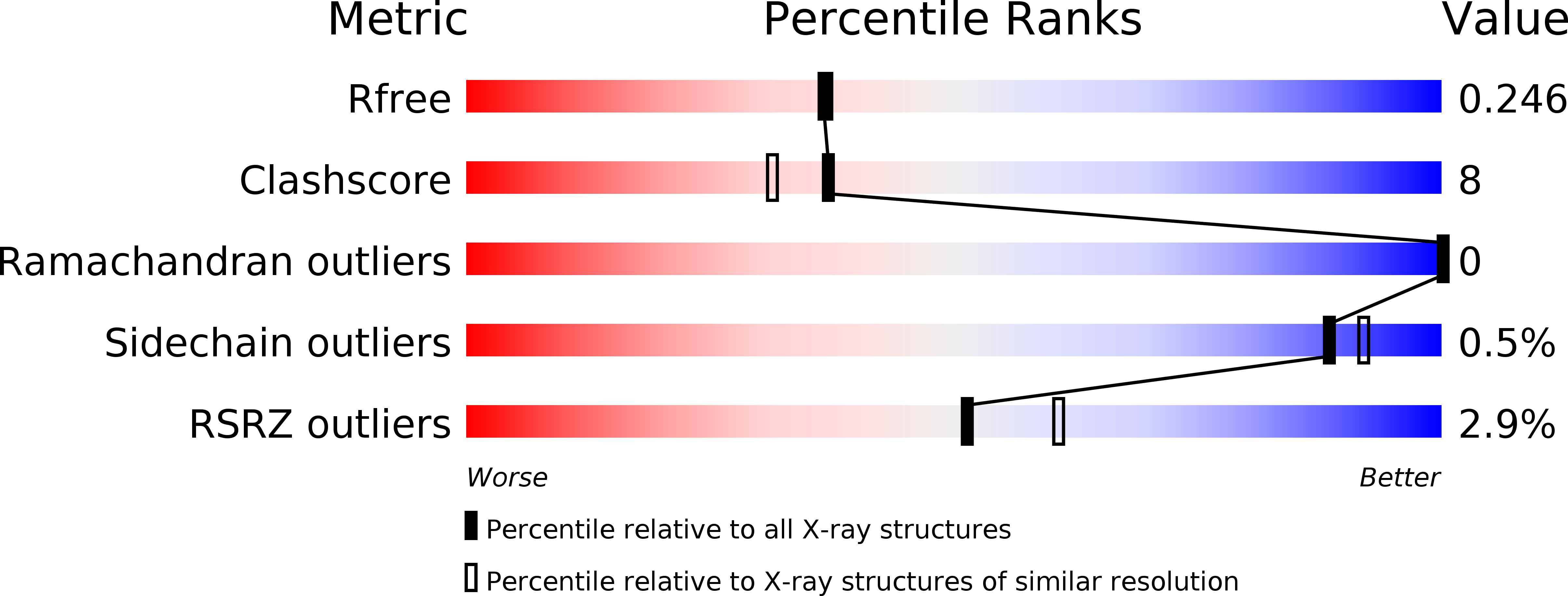
Deposition Date
2017-04-11
Release Date
2017-05-31
Last Version Date
2023-10-04
Entry Detail
PDB ID:
5VGX
Keywords:
Title:
Structure of the C. botulinum neurotoxin serotype A with Hg bound
Biological Source:
Source Organism:
Clostridium botulinum (Taxon ID: 1491)
Host Organism:
Method Details:
Experimental Method:
Resolution:
2.15 Å
R-Value Free:
0.24
R-Value Work:
0.19
R-Value Observed:
0.19
Space Group:
P 1 21 1


